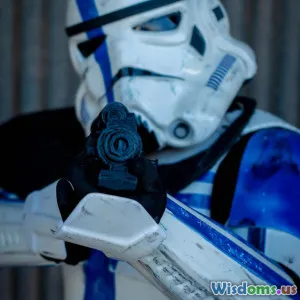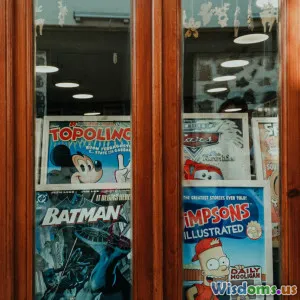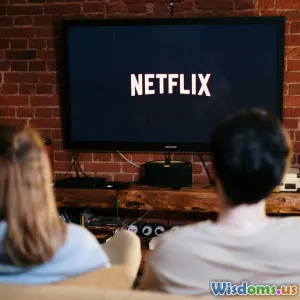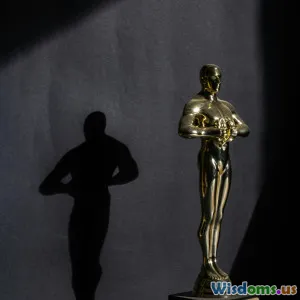Ultimate Guide To Analyzing Dialogue In Modern Cinema
16 min read A comprehensive guide to understanding and analyzing dialogue in contemporary films for deeper storytelling insights. (0 Reviews)Ultimate Guide To Analyzing Dialogue In Modern Cinema
The past few decades have ushered in a renaissance for dialogue in film, shifting it from simple exposition and character rapport to a powerful cinematic tool shaping meaning, emotion, and social context. Today, analyzing dialogue isn’t just the domain of screenwriters and critics but a window for everyone—from filmmakers to devoted cinephiles—to understand how movies craft intimacy, surprise, and timeless resonance. Whether you’re looking to deepen your appreciation, strengthen your creative craft, or better discuss your favorite films, mastering the art of dialogue analysis unlocks the hidden echoes resonating in every memorable line.
Why Dialogue Matters More Than Ever

Modern cinema thrives on intricate conversations, layered subtext, and dialogue-driven storytelling. With the rise of streaming, global audiences, and niche genres, contemporary filmmakers place a premium on lines that both entertain and illuminate. Dialogue is no longer incidental—it's central.
Consider Aaron Sorkin’s script for The Social Network (2010), where rapid banter and pointed retorts drive character motivation and narrative pace. Or Greta Gerwig’s Lady Bird (2017), with its heartbreakingly real mother-daughter exchanges that capture generational misunderstandings with devastating specificity. Dialogue now doubles as both emotional landscape and incisive social commentary.
A well-chosen line can inspire memes, Twitter debates, and even influence real-world language—like "I drink your milkshake" (There Will Be Blood, 2007) and "Wakanda forever" (Black Panther, 2018). The gravity dialogue holds within a movie’s DNA has never burned brighter.
The Core Elements of Cinematic Dialogue

At its most functional, movie dialogue does three things: delivers information, reveals character, and advances plot. But in the supple hands of a skilled screenwriter or director, those basics transform into an art form. Look for these foundational elements in any modern script:
1. Subtext
The real power in dialogue often lies under the surface. Subtext is what characters really mean rather than what they say. For example, in Marriage Story (2019), when Nicole and Charlie avoid direct confrontation, the tension between their spoken words and hidden feelings is the heart of the emotional drama.
2. Voice & Rhythm
Distinct voices distinguish characters. Quentin Tarantino excels at this, giving each character distinctive cadences and slang—the poetic profanity of Jules in Pulp Fiction (1994) and the playful, sinister quips of Hans Landa in Inglourious Basterds (2009). Recognizing rhythm is key: the staccato back-and-forth of The Big Short (2015) vs. the patient pauses of a film like A Ghost Story (2017).
3. Authenticity
Naturalistic dialogue, shaped by modern sensibilities, keeps characters believable. Richard Linklater's Before trilogy is often cited for its extended, true-to-life conversational style—a marked contrast to the heightened dialogue in superhero films or musicals.
4. Functionality
Every word has weight. In Get Out (2017), lines that seem innocuous on first viewing (“I would have voted for Obama a third time”) foreshadow deeper social commentary. Expert dialogue multi-tasks: entertaining, building suspense, revealing relationships, and sometimes, misleading the audience.
Dissecting Dialogue in Genres: Techniques and Trends

Different genres deploy dialogue with their own conventions—and breaking those rules produces fresh, standout moments.
Action & Thriller
Action uses minimal verbiage. Dialogue here is concise, even cryptic—think “I’ll be back” (The Terminator, 1984; still influential today), a line that does triple duty: menacing energy, catchphrase status, and character essence.
Contemporary thrillers like Sicario (2015) use sparse, clipped exchanges to accentuate tension. Silence is sometimes more powerful, with words spoken only when necessary—contrast this with the dialogue-heavy stylings of crime capers like Guy Ritchie’s Snatch.
Drama
Here, dialogue is deeper, exploring emotion, motive, and consequence. Manchester by the Sea (2016) exemplifies dialogue that swells with grief, regret, and love, drawing viewers in through realistic, relatable exchanges. The mundane becomes poetry: “I said a lot of terrible things to you. My heart was broken.”
Comedy
Fast pacing, clever wordplay, and comic timing are king. Booksmart (2019) fires rapid, referential zingers reminiscent of sitcom punchlines, while The Grand Budapest Hotel (2014) by Wes Anderson crafts eccentric, rhythmically unique exchanges that play up the film’s whimsical tone.
Science Fiction & Fantasy
A critical challenge is world-building through dialogue without info-dumping. Arrival (2016) melds technical jargon with emotional clarity, teaching us alien communication while exploring loss and time’s nonlinear nature. Blade Runner 2049’s (2017) succinct, philosophical lines (“Sometimes to love someone, you got to be a stranger.”) convey vast narratives in scant words.
Analyzing Dialogue Structure: Scene Breakdown

To analyze effectively, break a dialogue-heavy scene into anatomical parts:
1. The Setup
Establish who is present, goals, and stakes. In Moonlight (2016), the dinner scene between Chiron and Kevin starts with awkward pleasantries: we know history is undergirding every word.
2. Exchanges & Momentum
Watch how power shifts or emotions escalate with each line. In The Social Network, Mark Zuckerberg’s dialogue at the deposition table segues from defensive to biting, revealing anxieties and ambitions.
3. Climactic Reveal
A “reveal” changes the scene’s trajectory. Consider the family meeting in Knives Out (2019). As lies and motives unravel, each confession compounds the suspense—dialogue is detective work.
4. Aftermath & Silence
Notice what is not said. Often, the end of a dialogue scene is marked by a lingering silence or an unfinished sentence, signaling unresolved issues. Lost In Translation’s (2003) famous whisper is a case study—an unspoken line carrying immense weight.
The Role of Actors: Breathing Life Into Lines
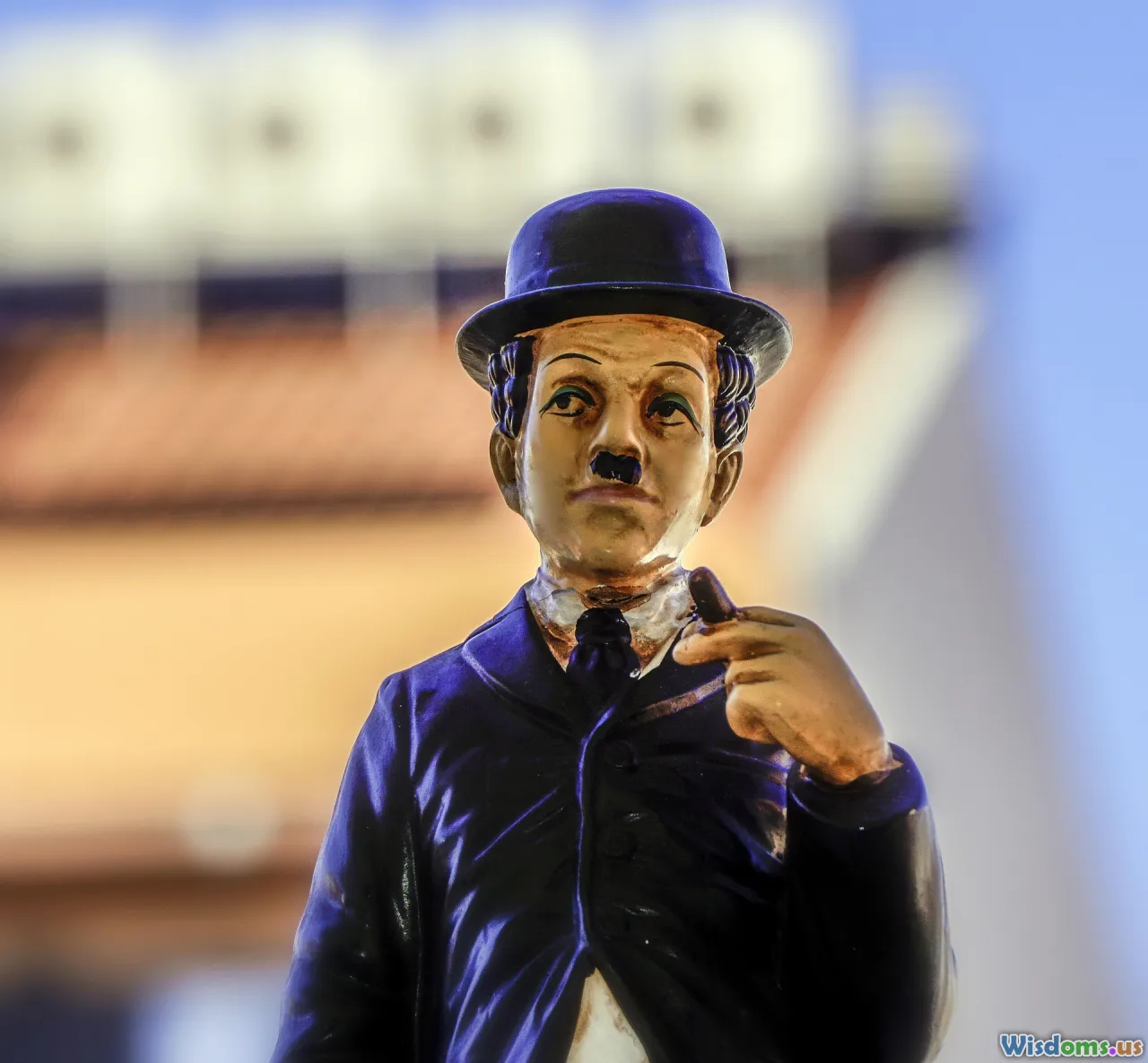
A screenwriter provides the blueprint, but actors' performances transform dialogue. Their delivery shapes subtext, timing, and emotional resonance.
Vocal Inflections & Pauses
Consider Saoirse Ronan in Lady Bird—her tone softens in moments of vulnerability but hardens with teen rebellion, each word a careful choice. In Joker (2019), Joaquin Phoenix’s long pauses and trembling voice amplify awkwardness and emotional dissonance.
Improvisation
Some classic lines are improvised. “You talkin’ to me?” in Taxi Driver (1976) wasn’t in the script. Newer examples: In Call Me By Your Name (2017), much of the winter scene between Elio and his father was adjusted and emphasized through improvisation moments on set.
Physicality
Dialogue is also expressed through gesture. Adam Driver’s reserved posture in Paterson (2016) reflects his poetic, introverted dialogue. Non-verbal cues during a heated exchange can redefine context, such as Daniel Kaluuya's expressive eyes in Get Out blending uncertainty and suspicion in every glance.
Dialogue and Subtext: The Spaces Between Words

Great modern scripts operate on multiple levels. Anticipating what is unsaid can be as important as decoding spoken lines.
Hidden Relationships
In Carol (2015), simple pleasantries excavate deep desire and frustration—a glance or hesitation says what a hundred words could not. The tension between spoken and unspoken dictates entire relationships, often deliberately leaving audience interpretation open.
Irony, Sarcasm, and Double Meaning
For instance, Parasite (2019) uses polite language between families that’s razor-sharp beneath the surface—cultural deference hiding toxicity. Lines that, in isolation, seem bland ("It's so metaphorical") gain gravity with repeated, charged deployment.
Foreshadowing
Screenwriters layer future plot beats in idle talk. Denis Villeneuve’s Enemy (2013) cryptically hints at its labyrinthine conclusion in early, ambiguous conversations.
Writing Modern Dialogue: Tips and Techniques

If you’re a budding screenwriter or critic, bringing a modern touch to your dialogue involves both art and craft. Here’s how to elevate your writing and analysis:
- Listen before writing: Record real conversations. How do people interrupt, miscommunicate, or hint at hidden agendas?
- Cut every unnecessary word: Avoid monologues disguised as conversations.
- Harness dialect sparingly: Touches of accent or vernacular ground scenes, but too much distracts.
- Anchor in character: Ask, “Would this person say it this way?”
- Employ thematic resonance: Recurring phrases or language echo key motifs (as seen in Everything Everywhere All at Once (2022)).
Learning From The Masters
Read shooting scripts from acclaimed films—No Country for Old Men, Little Women, The Favourite. Compare reading vs. viewing: how do performers alter the effect?
Use script databases like IMSDb.com and read the dialogue aloud, noting subtext and rhythm. Tools like Annotate and Scrivener can help you mark key techniques for study.
Dialogue In A Multicultural World: Diversity and Authenticity
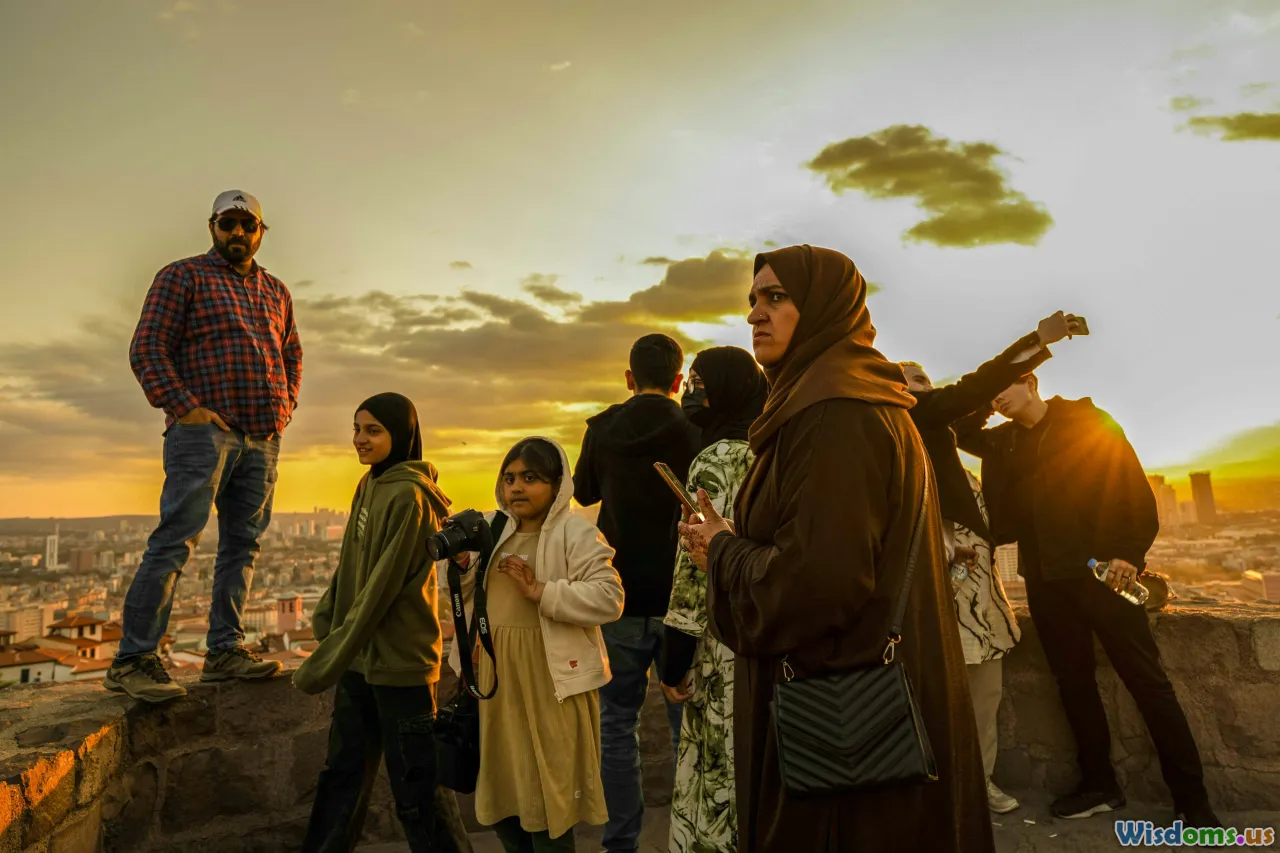
In globalized modern cinema, authentic representation is critical. Diverse voices deepen dialogue, introducing rich layers otherwise left unexplored.
Language and Culture Impact
Minari (2020) famously weaves English and Korean seamlessly, highlighting generational gaps and immigrant identity through word choice. In Black Panther, use of African languages and idioms grounds the imaginary world of Wakanda in genuine cultural heritage.
Stereotype vs. Fresh Perspective
Modern writers avoid clichéd, homogenized voices. The Farewell (2019) explores cross-cultural family tensions, with each family member expressing varying relationships to truth and tradition—often through subtle, coded exchanges.
Moonlight's use of local Miami dialect reveals lived experience far more potent than exposition ever could.
Challenges of Translation
International releases raise issues—some nuances are lost between languages, making subtitlers’ choices crucial. Bong Joon-ho references the “one-inch-tall barrier of subtitles,” where translation can either preserve or flatten sophisticated interplay.
Interactivity and Audience: Social Media and Quotability
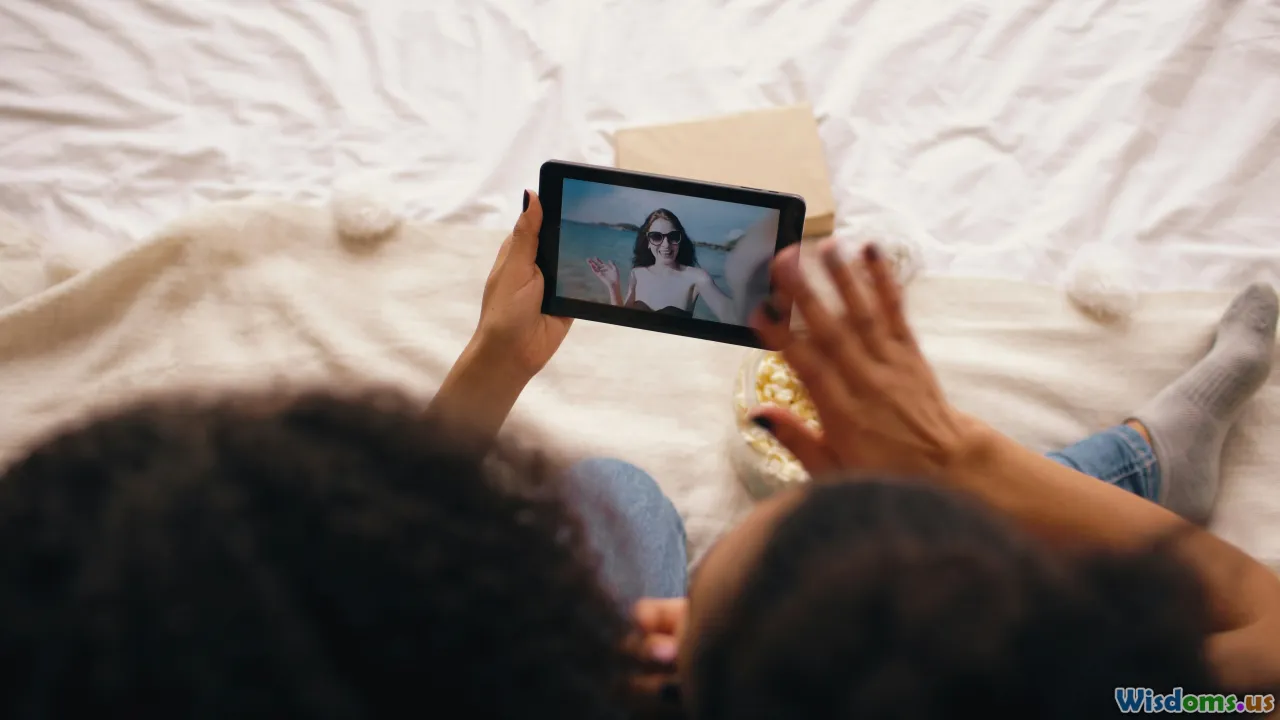
Dialogue today lives beyond the silver screen. Social media enables instant quotability, sparking discussion and debate on Reddit or in TikTok clips. Studios capitalize on this, building marketing strategies around catchphrases or emotional scenes.
Spider-Man: No Way Home (2021) “With great power…” rebooted a decades-old line for a new generation—rediscovered, reinterpreted, meme-worthy.
Fan culture amplifies lines with new meaning. The viral power of “Is it cake?” from Glass Onion: A Knives Out Mystery (2022) illustrates how offbeat exchanges become cultural shorthand for deeper themes or shared experiences.
Modern Dialogue Trends: What’s Next?
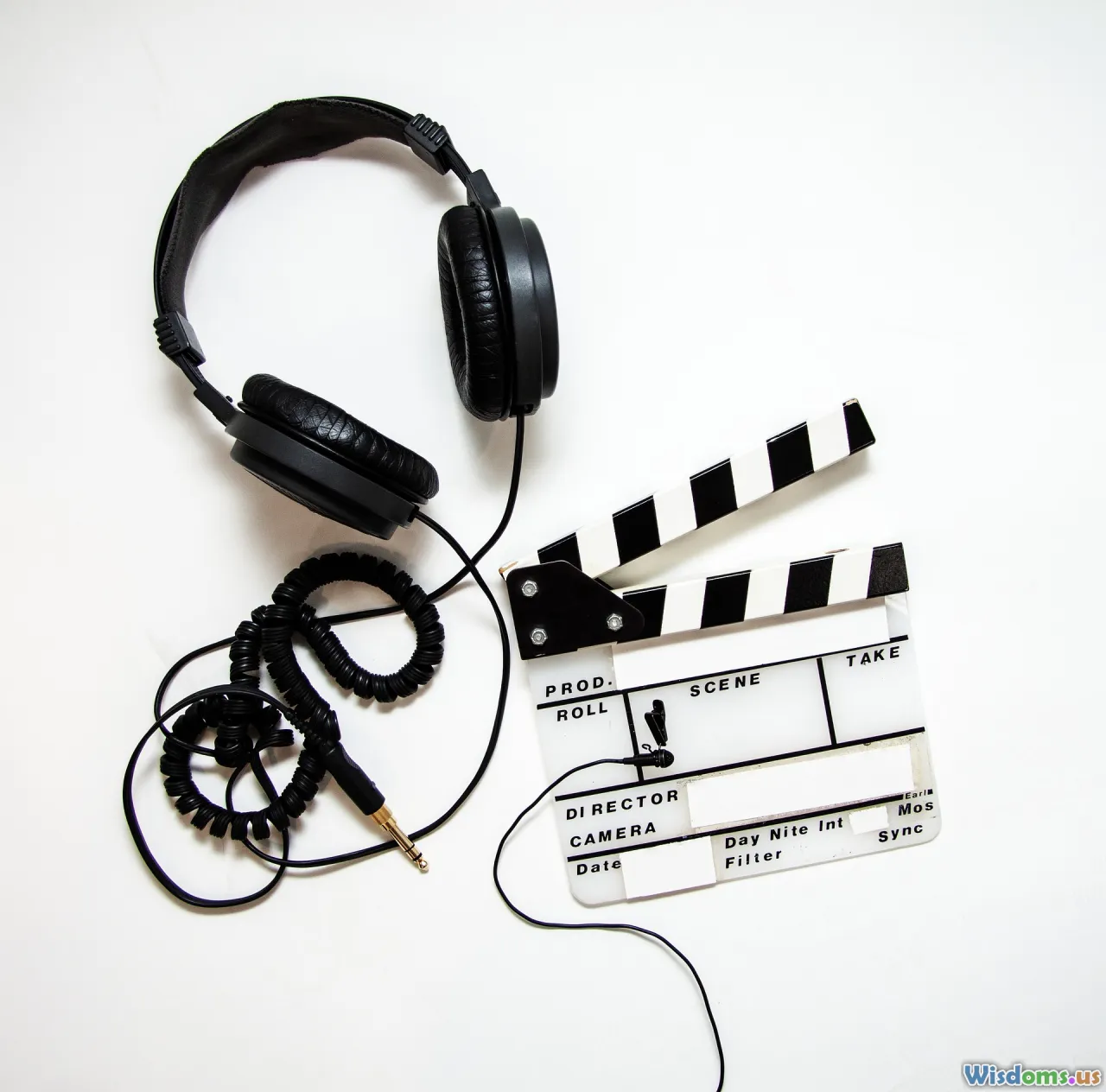
As filmmakers innovate, new dialogue techniques flourish:
- Fragmented, nonlinear speech: Reflects digital, distracted realities (Eighth Grade, 2018).
- Meta-dialogue: Characters reference pop culture, the story’s own conventions, or break the fourth wall (Deadpool, 2016; Fleabag, 2016–2019).
- Mixed media & calls to action: Hybrid films blend faux texts, video calls, and screen-based exchanges into the script (seen in Searching, 2018 and Bodies Bodies Bodies, 2022).
- Diversity at the core: Expanding beyond English-language scripts into transnational and global perspectives.
For writers and viewers alike, tracking these evolutions sharpens both creative output and critical appreciation.
Whether whispered in private or broadcast to millions online, dialogue is the shimmering thread weaving meaning, emotion, and memory into modern cinema’s greatest moments. By exploring how words are spoken, withheld, or reimagined, we engage with our favorite films on new, transformative levels—leaving us eager for the next indelible line or brave new conversation in cinema’s ongoing story.
Rate the Post
User Reviews
Popular Posts














